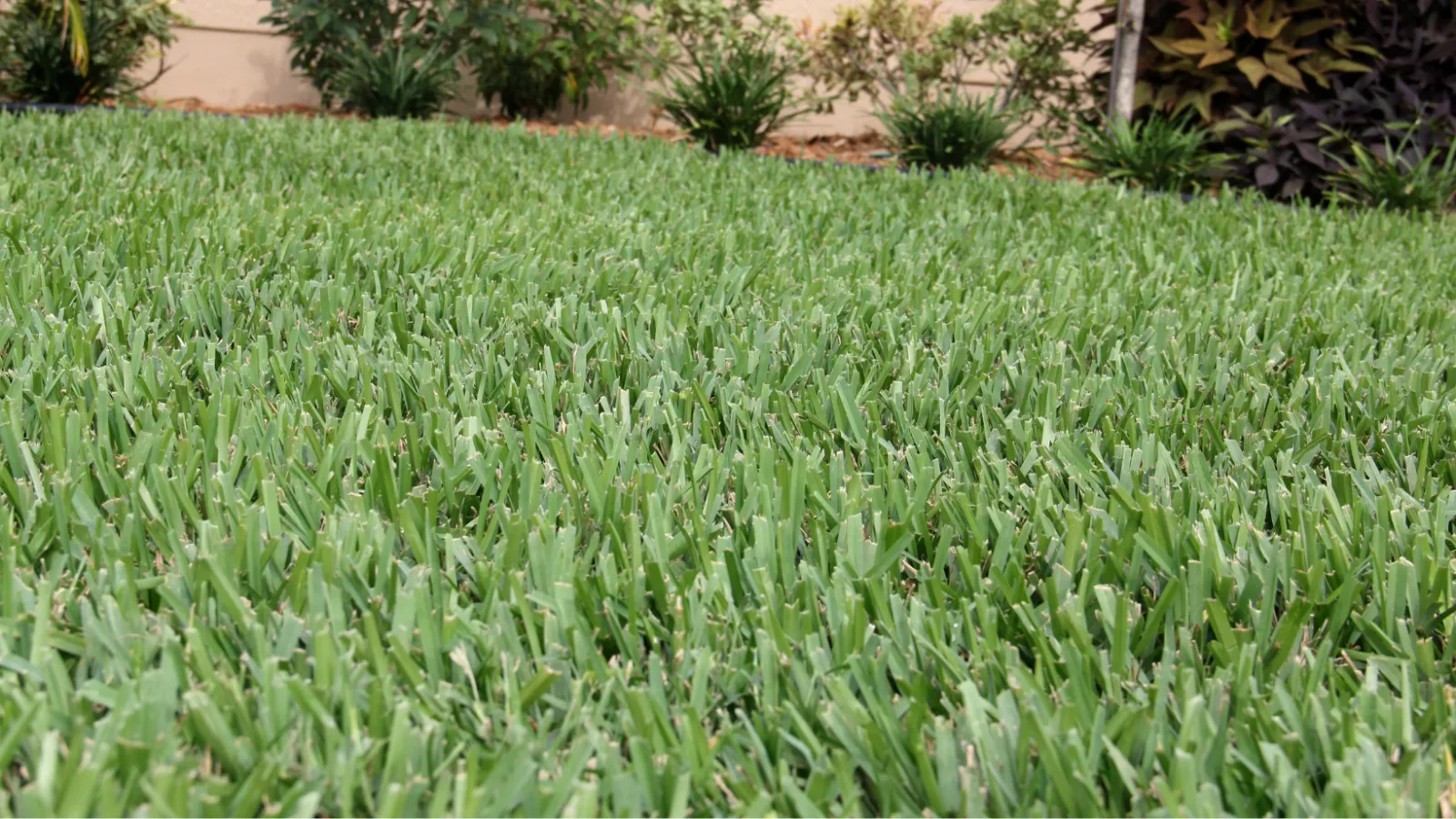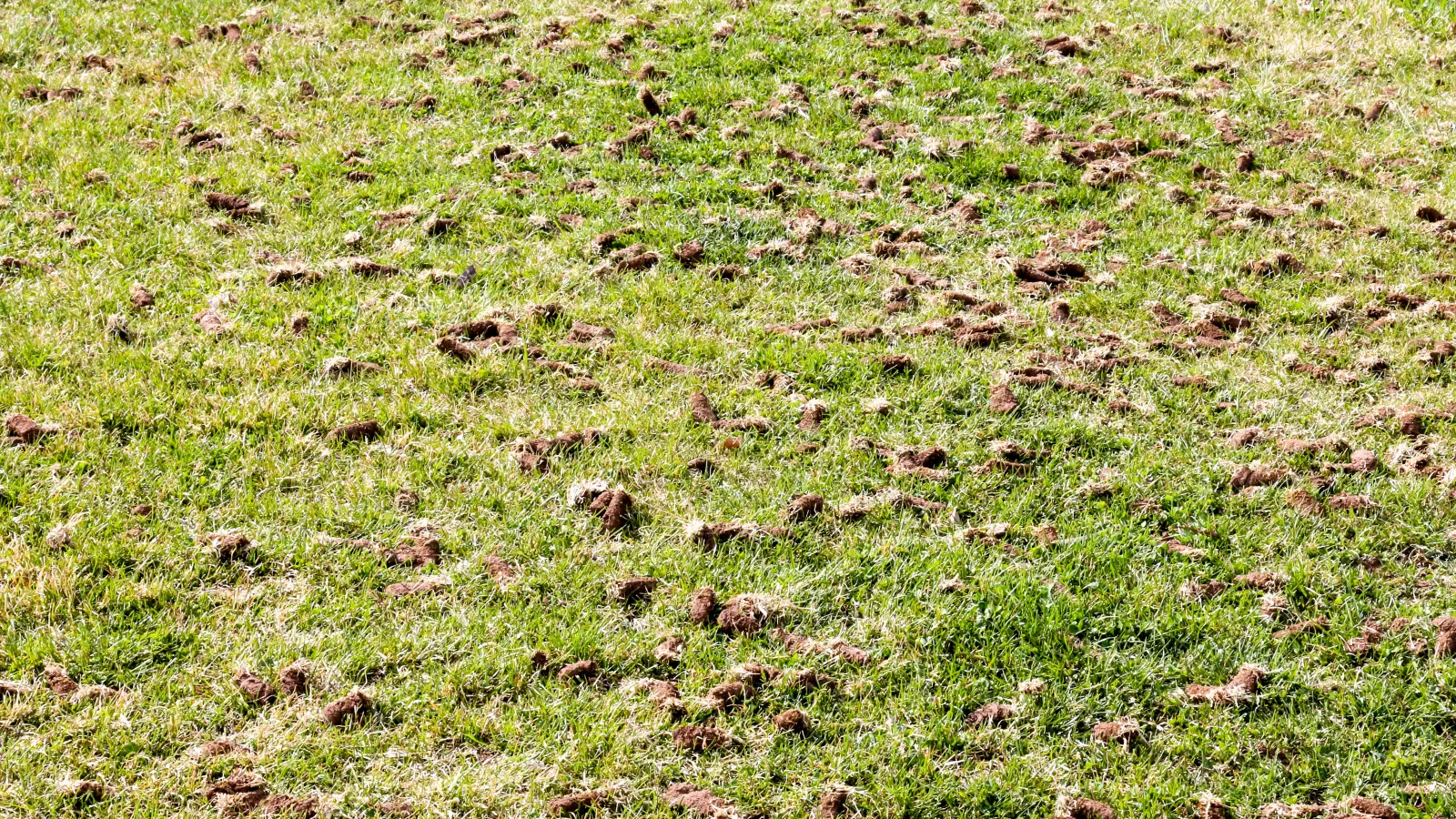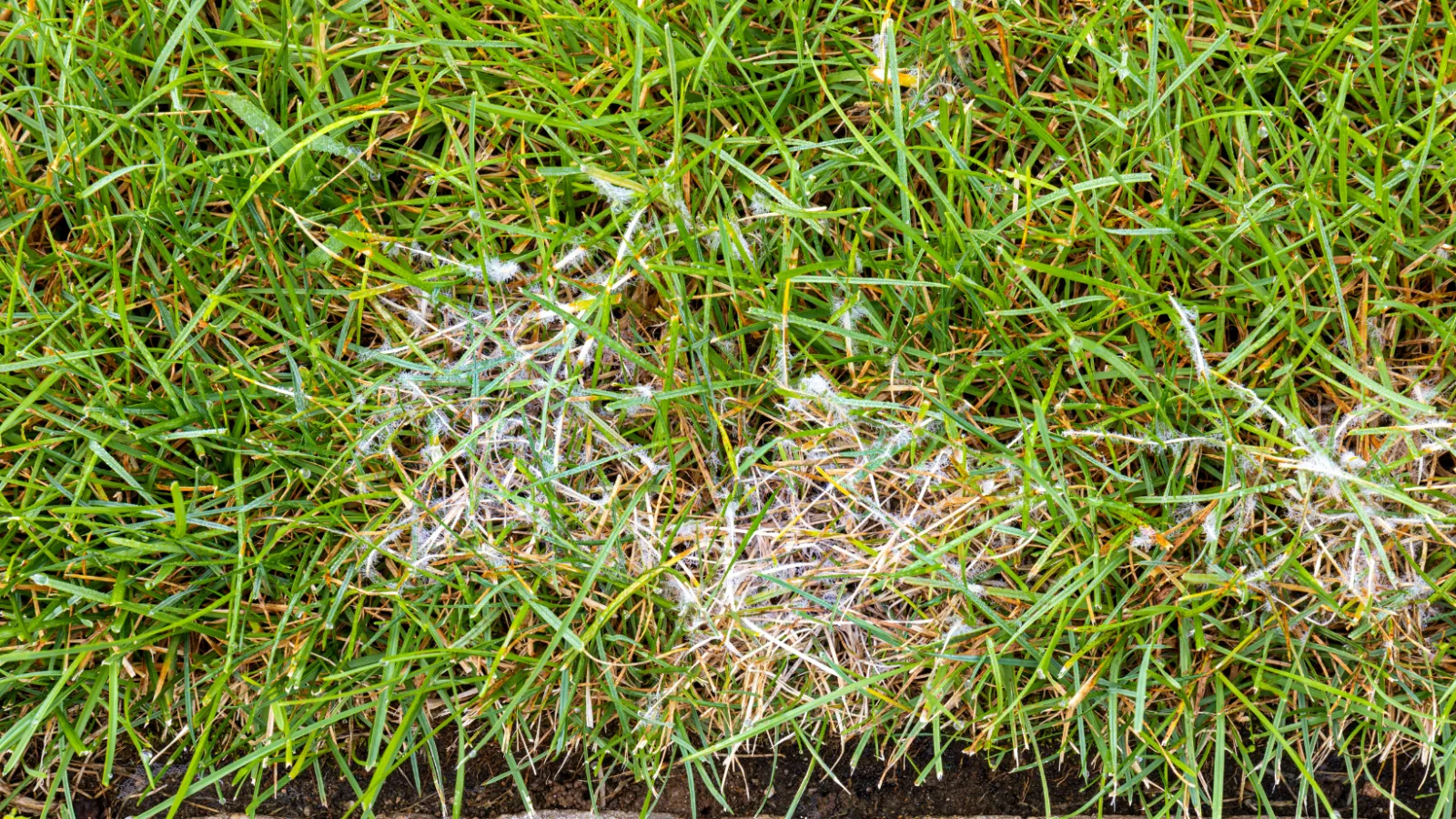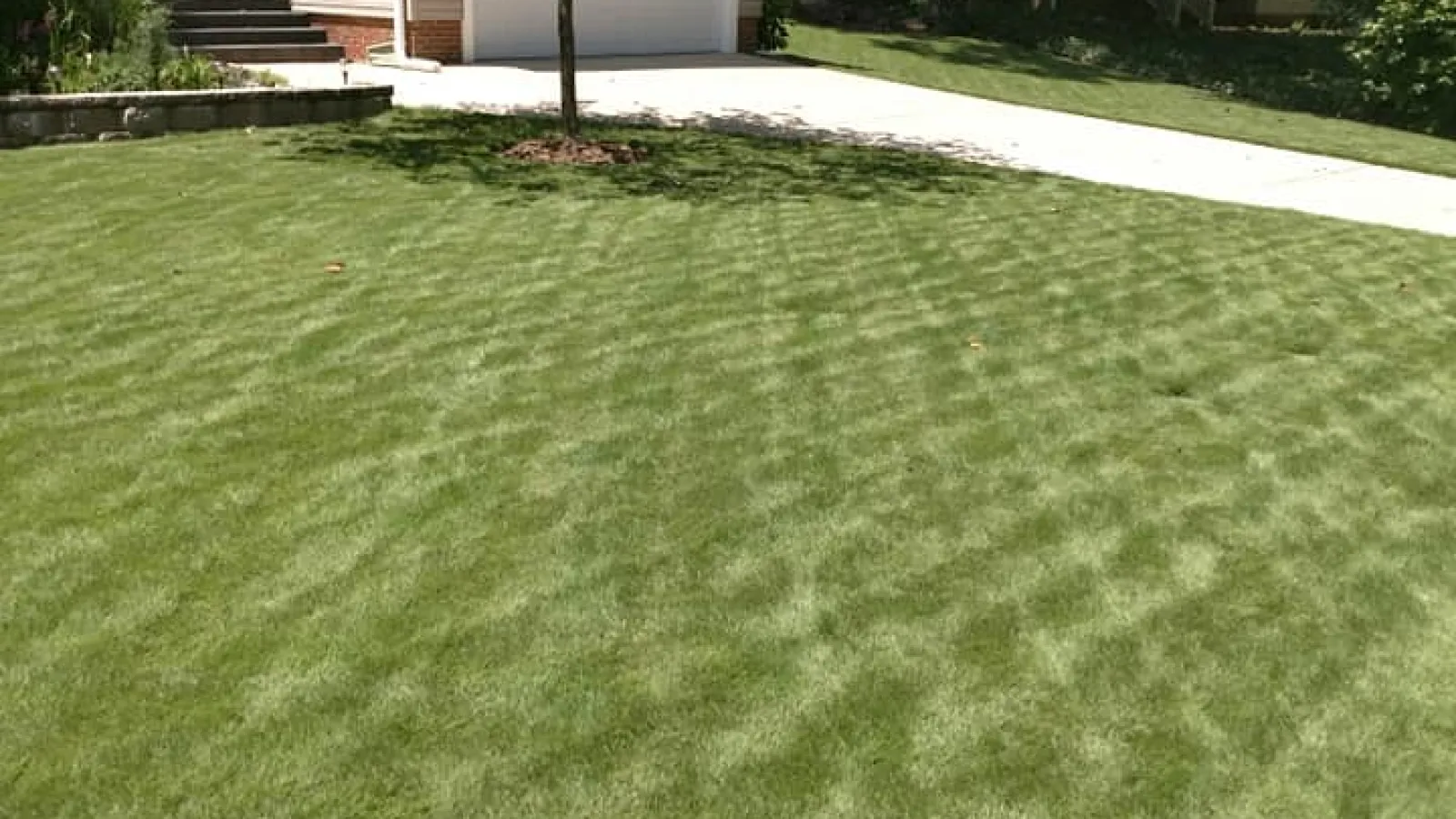
Aerate In The Spring
Spring Aeration For A Healthy Lawn
One of the top enemies of a healthy lawn is compacted soil. Over time, the top layer of soil naturally becomes impacted by children playing, heavy rains, foot traffic, mowing, and other life happenings. This is where core aeration comes into play. Our famous "double pass" Core Aeration removes small plugs from the soil, allowing oxygen, water, and nutrients to better reach the soil.
How does aeration work?
Warm-season grasses, including Bermuda and Zoysia, are made up of rhizomes and stolons. Rhizomes are root-like stems that grow horizontally at the soil surface or underground. Stolons are the crown of plants that grow above ground.
Aeration eliminates soil compaction or thatch and breaks up rhizomes and stolons, allowing the grass to develop a deeper root system and grow laterally. Lateral growth promotes a thick, dense turf that is more resistant to weeds, drought, and disease.
Our commercial-grade aeration equipment pulls out plugs of soil about 3-4 inches long and deposits them on the lawn, where they soon dissolve. Removing hundreds to thousands of plugs from your yard will allow water, air, and fertilizer to reach the root system better, thus providing the best environment for your grass to grow and thrive.
When should I aerate?
Core aeration for warm-season grasses, such as Bermuda and Zoysia, should be aerated annually in the spring. Spring is ideal because the grass is emerging from winter dormancy and is entering its vigorous growth period.
Benefits of Core Aeration
Relieves soil compaction. Compacted soil can prevent air, water, and fertilizer from reaching the root system, causing dead spots, bare patches, and thinning.
Improves root system. Roots spread out, strengthen, and grow deeper in the ground when aeration is completed.
Decreases thatch buildup. Thatch is a layer of organic material accumulating in your lawn over time. Some thatch is normal and healthy but can become a thick layer without aeration, robbing your grass of necessary nutrients. If left untreated, thatch can be damaging to your lawn.
Increases drought tolerance. With stronger, denser roots, your grass can handle our hot and humid summers with less stress.
Helps with drainage issues. Permeable soil encourages water to soak into the ground instead of rushing off before it has time to be absorbed.
Creates a thicker and more dense lawn.
How do I prepare for core aeration?
'The Nice Guys' do most of the work, but you can do a few things as a homeowner to get the most out of your service. We recommend completing the following before your core aeration service for optimal results.
Mow your lawn slightly shorter than usual.
Bag the clippings and rake out any excessive thatch.
Water your grass before aerating. This allows the plugs to be more easily removed from the soil, reducing stress on your lawn.
Mark all sprinkler heads, shallow cables, invisible fence wires, etc.
Remove any obstacles in your yard.
Make sure pets are inside, and gates are unlocked.
Whether your lawn is thick and healthy or patchy with bare spots, aeration benefits all warm-season grasses. Give your lawn the nutrition boost it needs to look its best. Trust the expert Route Managers at Turf Masters to improve your lawn's overall health with our famous "double pass" core aeration service. Reach out for your free estimate today.


